The impeller in a pool pump plays a crucial role in ensuring optimal water flow and circulation. Over time, debris and dirt can create clogs within the impeller, leading to decreased efficiency and potential damage to your entire pool system. This comprehensive guide will walk you through the common causes of pool pump impeller clogs, the necessary tools and safety gear, step-by-step unclogging instructions, prevention tips, and when to consider pool impeller replacement. Additionally, expert tips for keeping your pool pump in top shape contribute to a clean and enjoyable swimming environment.
Common Causes of Pool Pump Impeller Clogs
Understanding the reasons behind impeller clogs in pool pumps can help in their prevention and timely resolution. Here are some common culprits:
Debris accumulation: Leaves, twigs, and other debris can enter the pool skimmer pipes and eventually make their way to the pump impeller, causing blockages.
Poor maintenance: Failing to regularly clean the pump basket and pool filter can lead to an overflow of debris, straining the impeller.
Suction side problems: Any issues in the suction lines, such as air leaks or clogs in the pool skimmer pipes, can compromise water flow.
Worn or damaged components: Over time, parts of the pump, including the impeller cover and pool o-rings, can wear out, causing irregular flow patterns and clogs.
By knowing these causes, you can better navigate the maintenance and repair of your pool pump system.
Tools and Safety Gear for Cleaning a Pool Pump Impeller
Before diving into the cleaning process, make sure you have the appropriate tools and safety gear on hand:
Screwdriver (flathead and Phillips)
Pliers
Wrench set
Soft brush or cloth for cleaning
A bucket for collecting water
Hose for rinsing
Rubber gloves to protect your hands from chemicals and debris
Non-slip shoes to keep a firm grip on wet surfaces
Having the right tools and safety precautions will make the unclogging process smoother and safer.
Step-by-Step Instructions to Unclog Pool Pump Impeller
Now that you're prepared, follow these detailed steps to unclog your pool pump impeller effectively.
Turn off the pool pump: Ensure that the power to your pool pump is completely turned off. This step is crucial for your safety while working on the unit.
Release pressure: Before opening the pump, relieve any pressure from the system. Locate and open the drain plug on the pool pump. This allows any trapped water to escape, reducing the chance of spray when you remove the pump lid.
Remove the pump lid: Using the appropriate screwdriver, carefully unscrew the pool pump lid. Set it aside along with any screws you might remove.
Inspect the pump basket: Check the pump basket for debris. Clean out any visible clumps of leaves, dirt, or other materials that may be obstructing flow. Rinse the basket with water for a thorough clean.
Take off the impeller cover: Next, unscrew the impeller cover. Depending on your pump model, this may require a wrench. Replace any worn pool o-rings at this stage to ensure a proper seal during reassembly.
Inspect the impeller: Carefully take out the impeller from the pool pump. Inspect it for debris buildup and damage. If the impeller appears clogged or damaged, you may need to manually remove the blockage.
Clean the impeller: Using a soft brush or cloth, thoroughly clean the impeller, removing any dirt or obstructions. If any parts are difficult to clean, consider soaking them in a mild solution of vinegar and water.
Check pump Bearings: Inspect the pump bearings for signs of wear. If they are jammed or damaged, this may lead to further clogging issues or operational inefficiencies.
Reassemble the pump: Once everything is clean and in working order, carefully reattach the impeller cover and pool pump lid.
Reconnect the Drain Plug: Replace the drain plug pool securely, ensuring it is tightened to avoid future leaks.
Turn on the pump: Finally, restore power to the pool pump, and check for smooth operation. Monitor for any abnormal sounds, which may indicate leftover debris or a need for further inspection.
Pool Pump Gaskets: Everything You Need to Know for Proper Maintenance
How to Prevent Future Pool Pump Impeller Clogs
Preventing clogs in the impeller of the pool pump is far easier than dealing with them. Here are some strategies to keep your pump in optimal condition:
Regular cleaning: Clean your pump basket and pool filter at least once a week to prevent a buildup of debris.
Maintain the skimmer: Regularly check and clean your pool skimmer pipes to ensure they are clear of obstructions.
Monitor water levels: Keep water levels in your pool adequate. Low water levels can lead to air getting sucked into the pump.
Upgrade components: Consider using a high-quality brass pump for durability and efficiency. Brass pumps tend to last longer than plastic counterparts.
-
Winter preparation: For those in chillier regions, it’s important to winterize your pool system correctly to prevent freeze-related damage, which could result in future clogs.
The Ultimate Guide To Pool Pump Parts: From Seals To Impellers
When to Replace Your Pool Pump Impeller Instead of Cleaning
Despite your best efforts, there may come a time when cleaning the impeller in the pool pump is no longer effective. Here are some indicators that pool impeller replacement is necessary:
Visible damage: If you find cracks, chips, or other forms of damage to the impeller, replacement is crucial.
Persistent clogging: If clogs continue to occur even after thorough cleaning, it may signal larger systemic issues or irreparable damage.
Decreased efficiency: Noticeable drops in water pressure or flow through the pool system can indicate the impeller is no longer functioning properly.
Strange noises: Unusual sounds while the pump is operating can be a sign that the impeller or internal components are failing.
Expert Tips to Maintain a Healthy Pool Pump Impeller
To ensure your pool pump remains in optimal condition, consider the following expert tips:
Expert Tip | Description |
Routine inspections | Schedule regular checks on the impeller cover, bearings, and pool o-rings. |
Utilize quality filters | Use high-quality filters to trap more debris before it reaches the impeller. |
Inspect for air leaks | Frequently check hoses and seals to prevent air from affecting pump operation. |
Monitor pump run time | Avoid excessive run times using timers to reduce impeller wear. |
Expert maintenance | Hire a professional annually to catch potential issues early. |
Clearing the impeller in your pool pump is vital for ensuring proper water circulation and maintaining a clean pool. Impeller blockages can diminish water quality and cause possible damage, making it important to address issues quickly. Routine upkeep, like emptying the pump basketand checking the pool skimmer pipes, can help avoid clogs and guarantee your pool pump runs efficiently. Make these activities part of your regular schedule to save both time and money over time.
FAQs
Can using a pool clarifier help reduce impeller clogs?
Yes, pool clarifiers bind small particles into larger clumps, making them easier to filter out before they reach the impeller. While they don’t prevent all clogs, they can reduce fine debris accumulation.
Is it safe to use a pressure washer to clean the impeller housing?
No, using a pressure washer is not recommended as it can damage delicate components. Stick to manual cleaning methods like soft brushes or a damp cloth for impeller maintenance.
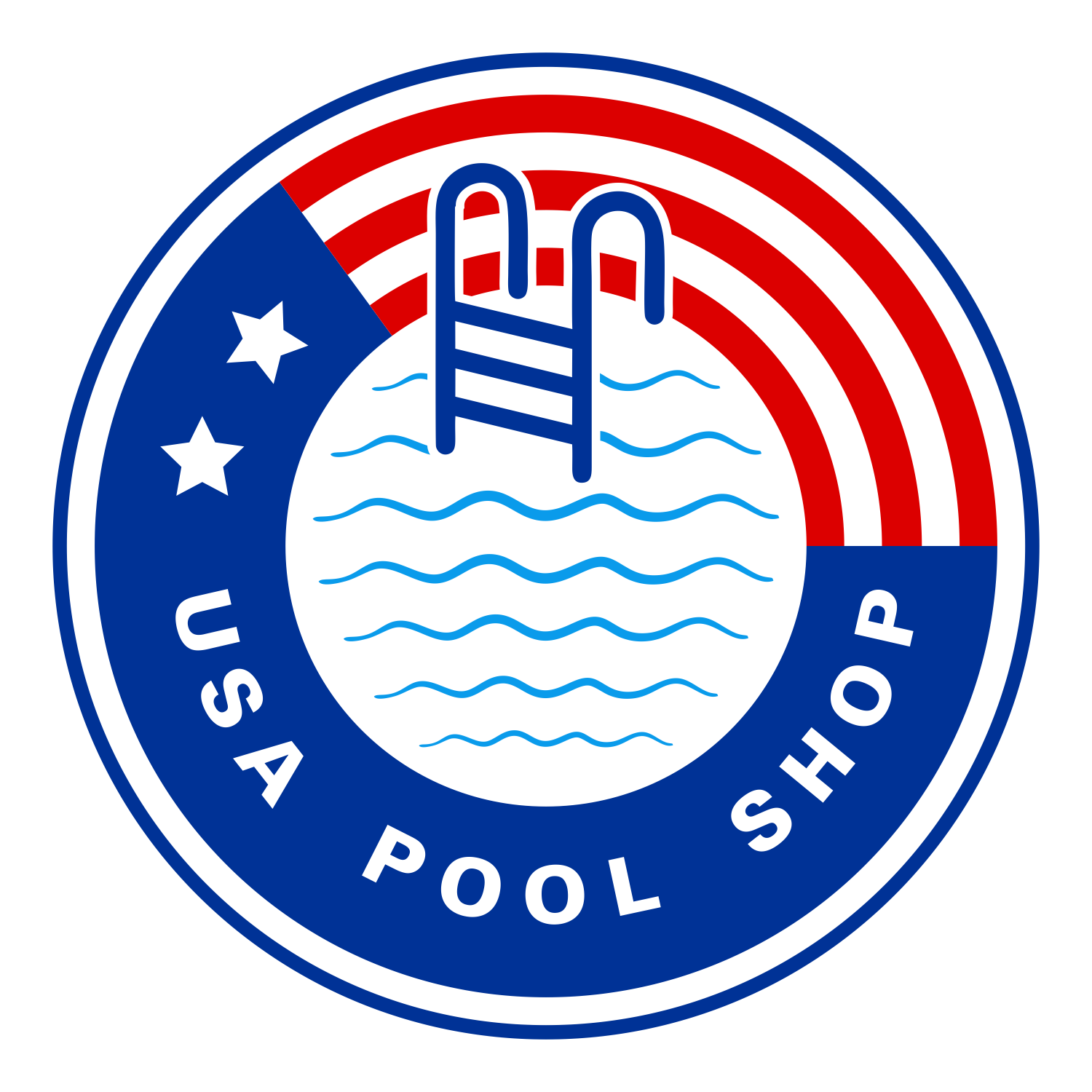
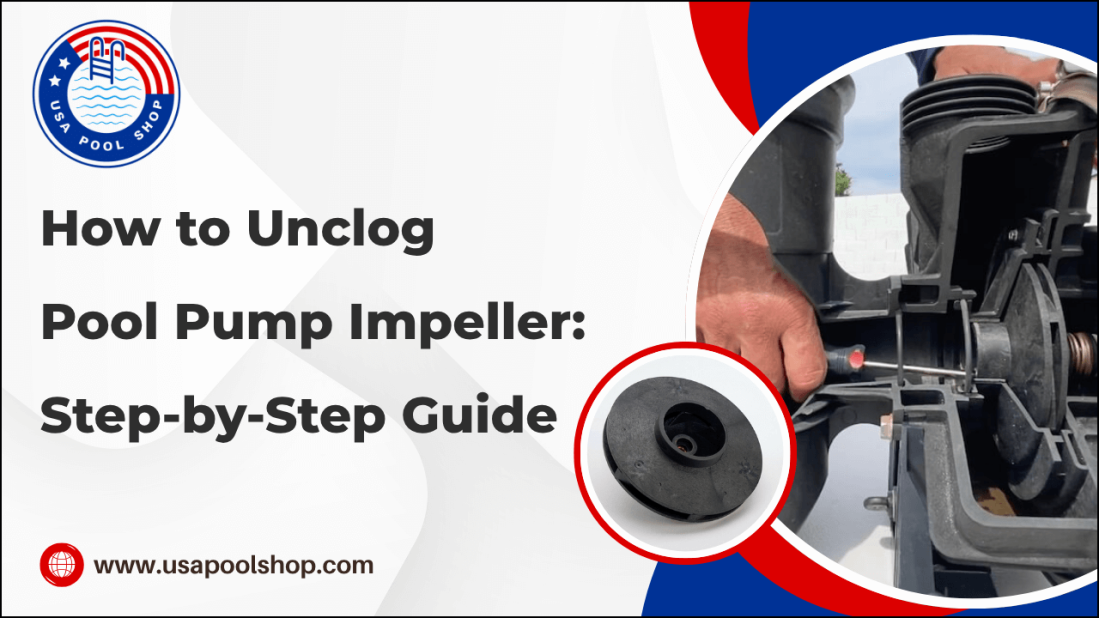


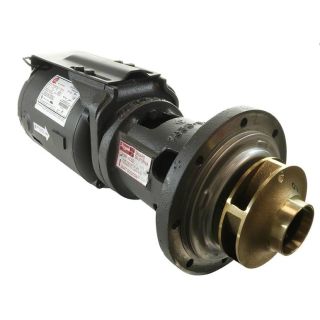
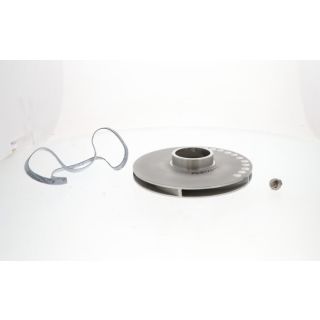
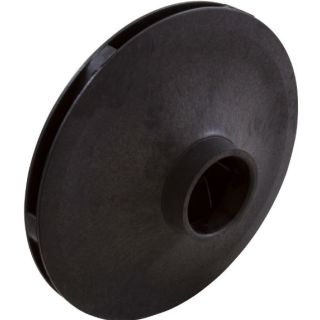
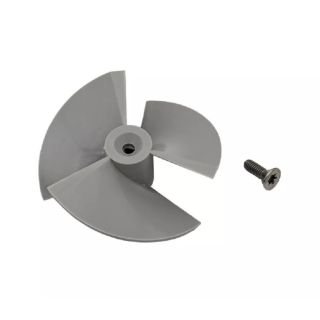
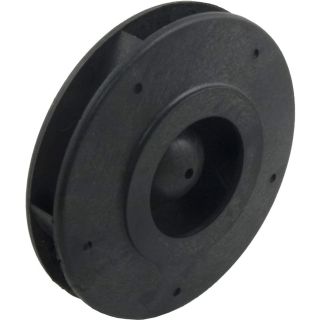
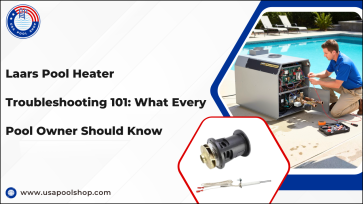
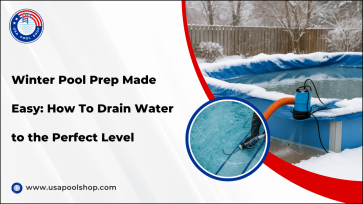

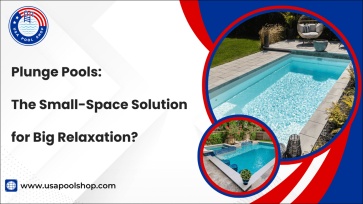
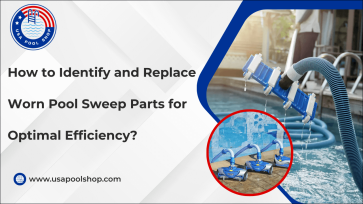
Validate your login